Pokhara Mahendra Gufa, a fascinating limestone cave in Pokhara, Nepal, is a must-visit destination for adventure seekers and nature enthusiasts. Named after King Mahendra, this cave is known for its dark, mysterious passages and stunning stalactite and stalagmite formations. Located about 10 km north of Pokhara, it offers a thrilling underground exploration experience. The cave’s interior is dimly lit, requiring visitors to carry flashlights for navigation. It is especially famous for a naturally formed Shiva Lingam, attracting tourists and devotees. A visit to Pokhara Mahendra Gufa promises an exciting blend of geological wonders, spirituality, and an escape into nature’s hidden beauty.
Quick Details
Location: Pokhara, Nepal
Opening Date: Not officially documented (naturally formed cave)
Dimensions: Approximately 125 meters in length
Elevation: Around 1,100 meters above sea level
Timings: 9 AM – 6 PM
Sculpted By: Natural limestone formations
Entry Fee: NPR 50 (for Nepalese), NPR 100 (for foreigners)
Pokhara Mahendra Gufa Location
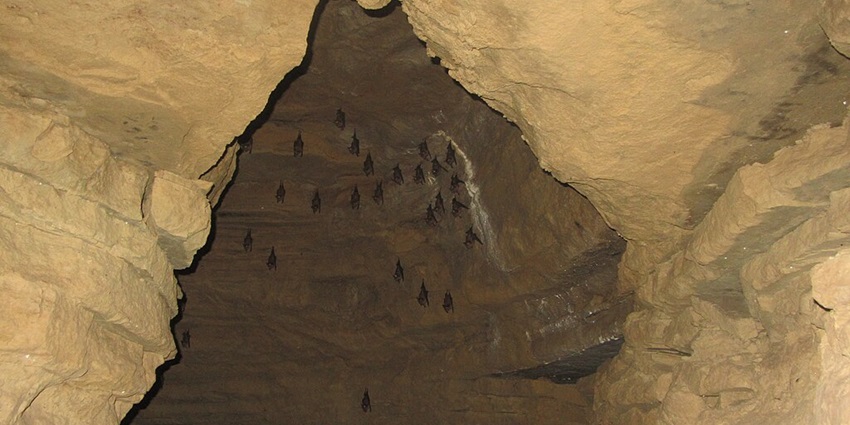
Photo: Pursob64 / Wikimedia Commons
Mahendra Gufa is located about 10 km north of Pokhara, Nepal, near Batulechaur. Nestled in a serene setting, it lies amidst lush greenery and rocky terrain, offering a peaceful escape from the city’s hustle. The cave is easily accessible by road, with local buses and taxis available from Pokhara. Its location makes it a popular spot for nature lovers and adventure enthusiasts exploring the region.
How To Reach Pokhara Mahendra Gufa
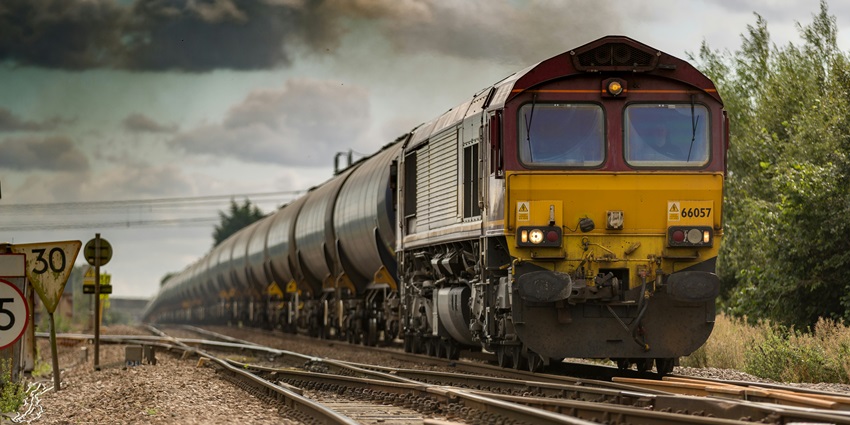
Photo: Ankush Minda / Unsplash / Image For Representation Only
By Road: Mahendra Gufa is about 10 km from the Pokhara city centre. You can take a taxi, rent a scooter, or use local buses from Chipledhunga or Lakeside to Batulechaur, then walk a short distance.
By Train: There is no direct railway to Pokhara. The nearest railhead is in Gorakhpur, India. From there, take a bus or taxi to the Sunauli border, then another bus to Pokhara.
By Sea: Nepal is landlocked, so there is no sea route. Travellers arriving by sea in India must take a flight or road route to Nepal.
Things To Do In Pokhara, Mahendra Gufa
1. Explore The Cave
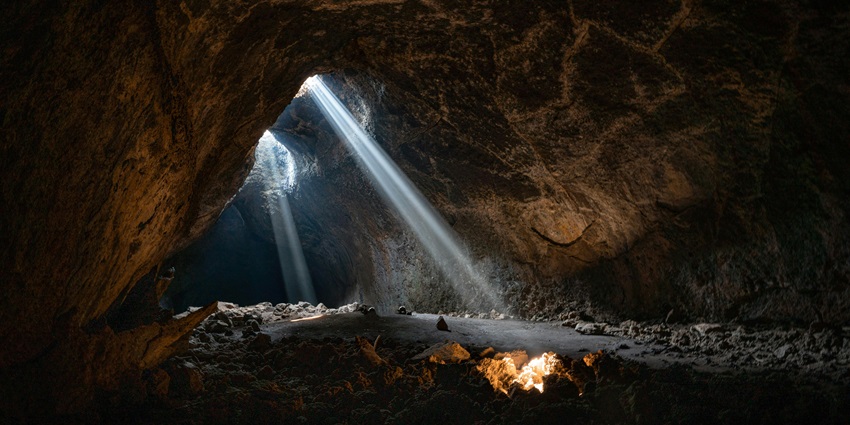
Photo: Intricate Explorer / Unsplash / Image For Representation Only
Mahendra Gufa is a fascinating natural limestone cave known for its dark, mysterious ambience. As you step inside, you will witness rugged rock formations, uneven pathways, and a cool, damp atmosphere. The cave is unlit, so carrying a flashlight is recommended. The experience of navigating through the cave’s narrow passages adds an element of adventure. The silence inside, except for the occasional drip of water, enhances its eerie charm, making it an exciting spot for thrill-seekers and explorers.
Top Attraction: Unique limestone formations
2. See The Shiva Statue
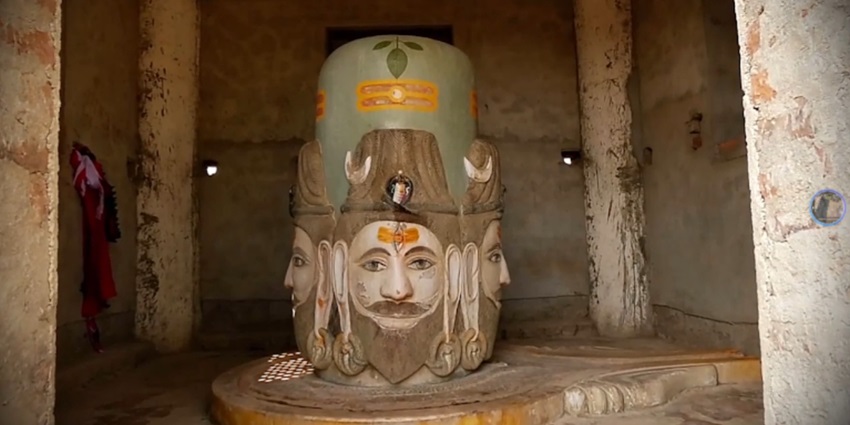
Photo: BhiRaaj / Wikimedia Commons
Inside Mahendra Gufa, a naturally formed Shiva Linga is the centre of attraction. Devotees and visitors alike admire this sacred formation, which holds religious and cultural significance. The Linga is formed by the slow deposition of minerals over centuries, creating a naturally sculpted icon of Lord Shiva. Many pilgrims visit to offer prayers, believing the place has spiritual energy. The dim lighting and the cave’s mystical atmosphere further enhance the divine aura, making it a must-visit for religious and curious travellers.
Top Attraction: Naturally formed Shiva Linga
3. Adventure Experience
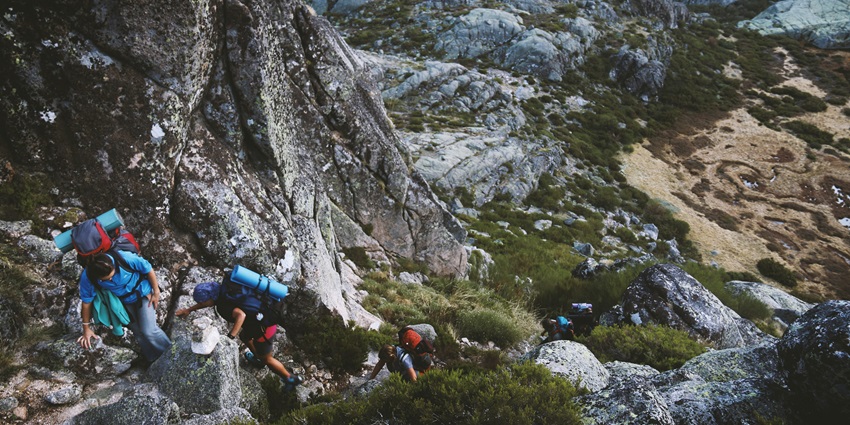
Photo: Diogo Tavares / Unsplash / Image For Representation Only
Visiting Mahendra Gufa is not just about sightseeing; it is an adventure in itself. Walking through the dark cave, manoeuvring through narrow passages, and stepping over uneven rocks gives visitors an adrenaline rush. The slippery pathways require caution, making the experience both thrilling and rewarding. Exploring the cave without artificial lighting adds to the excitement, making it a favourite for adventure lovers. For those seeking a raw and natural exploration experience, Mahendra Gufa provides the perfect thrill.
Top Attraction: Dark, mysterious pathways and rugged terrains
Places To Visit Near Mahendra Gufa, Pokhara
1. Davis Falls
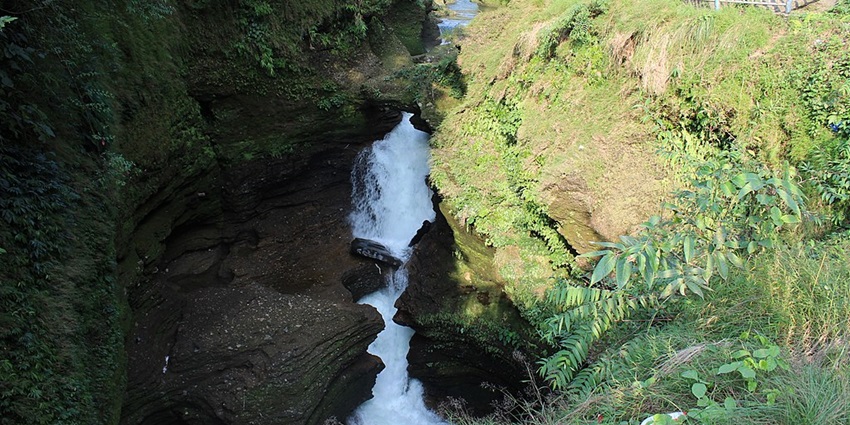
Photo: Nabin845 / Wikimedia Commons
Davis Falls is one of Pokhara’s most famous waterfalls, known for its underground flow into a deep tunnel. The water rushes with immense force, especially during the monsoon, creating a mesmerizing sight. The area surrounding the waterfall has walkways and viewing platforms for visitors. Legend says the falls are named after a Swiss tourist, Davis, who tragically drowned here. The falls lead to Gupteshwor Cave, adding to the adventure.
Distance From Mahendra Gufa: 11 km
Entry Fee: NPR 30 (for locals), NPR 50 (for foreigners)
Best Time To Visit: June to September (monsoon) for the best water flow
2. Gupteshwor Mahadev Cave
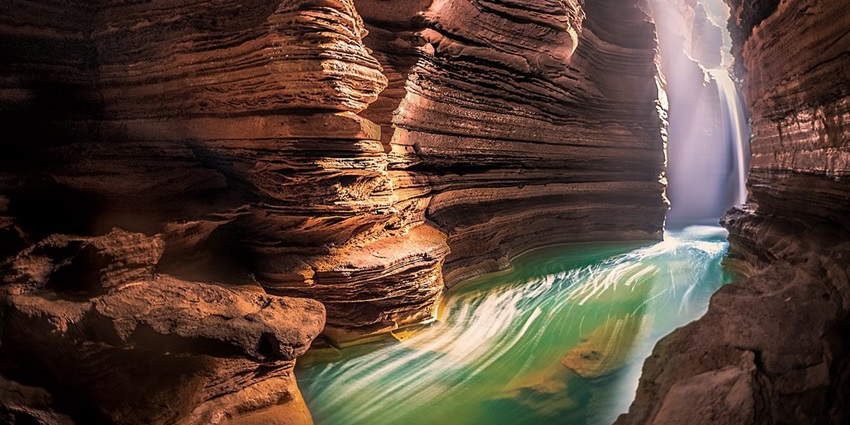
Photo: Q-lieb-in / Wikimedia Commons
Located opposite Davis Falls, Gupteshwor Mahadev Cave is a sacred Hindu site known for its Shiva Linga. The cave is deep and has narrow, slippery passages, making it an exciting exploration spot. The highlight is the view of Davis Falls from inside the cave, where water cascades through the rocks. The cave’s natural rock formations, religious significance, and thrilling pathways make it a unique attraction. Visitors often explore this cave after witnessing Davis Falls, making it a complete experience.
Distance From Mahendra Gufa: 11 km
Entry Fee: NPR 50 (for locals), NPR 100 (for foreigners)
Best Time To Visit: October to May for a dry and safe exploration
3. Begnas Lake
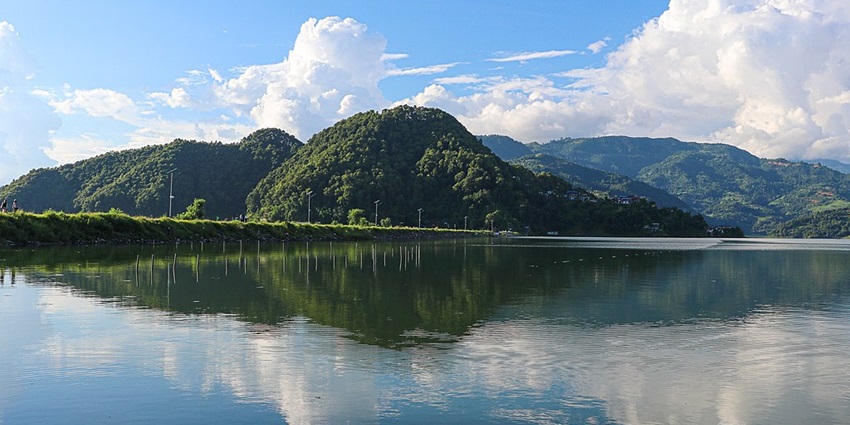
Photo: Shadow Ayush / Wikimedia Commons
Begnas Lake is a serene freshwater lake offering a peaceful escape from Pokhara’s busy streets. Lush green hills surround it and provide breathtaking views of the Annapurna Range. Visitors can enjoy boating, fishing, or simply relaxing by the shore. The area has several lakeside cafés serving fresh fish and local delicacies. Unlike Phewa Lake, Begnas is less crowded, making it an ideal spot for those seeking solitude in nature. Sunsets here are particularly stunning and worth experiencing.
Distance From Mahendra Gufa: 18 km
Entry Fee: Free
Best Time To Visit: September to May for clear skies and pleasant weather
4. Phewa Lake

Photo: Vyacheslav Argenberg / Wikimedia Commons
Phewa Lake is the heart of Pokhara’s tourism, offering a perfect blend of nature and adventure. Visitors can enjoy boating, kayaking, and paragliding with breathtaking views of the Annapurna range. The Tal Barahi Temple, situated on an island in the lake, is a major religious attraction. The lake’s calm waters reflect the surrounding mountains, creating a picture-perfect setting. The lively Lakeside area around Phewa Lake is filled with cafés, shops, and restaurants, making it a great place to relax.
Distance From Mahendra Gufa: 10 km
Entry Fee: Free (Boating costs NPR 500 per hour)
Best Time To Visit: October to April for clear reflections and scenic beauty
5. Sarangkot Viewpoint
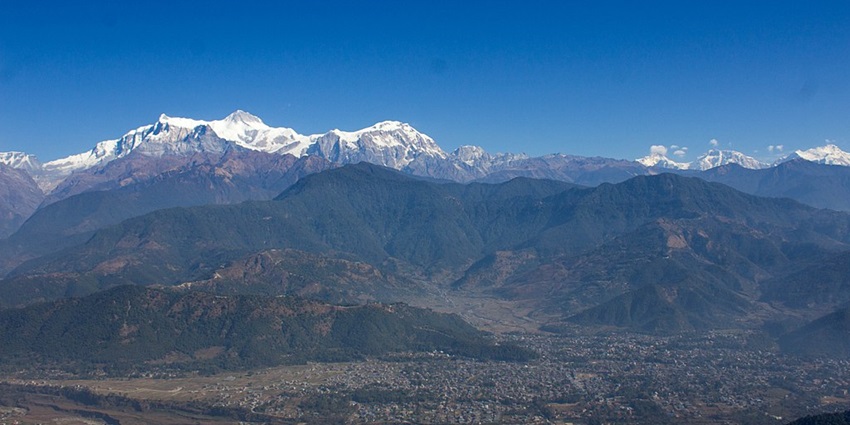
Photo: Bijay Chaurasia / Wikimedia Commons
Sarangkot is one of the best sunrise viewpoints near Pokhara. From here, you can see a breathtaking panoramic view of the Annapurna, Dhaulagiri, and Machhapuchhre peaks. Many tourists visit early in the morning to witness the golden sunrise over the Himalayas. Sarangkot is also famous for paragliding, offering one of the world’s best experiences due to its perfect wind conditions and stunning landscape. The hilltop is accessible via a short hike or a 30-minute drive from Pokhara city.
Distance From Mahendra Gufa: 15 km
Entry Fee: Free (Paragliding costs NPR 8,000 – 12,000 per person)
Best Time To Visit: October to April for the clearest sunrise views
6. Shree Bindhyabasini Temple
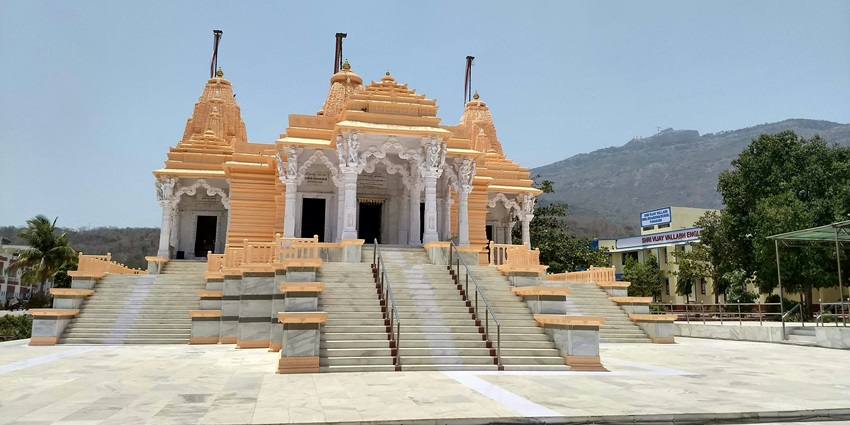
Photo: Paurav Shah / Unsplash / Image For Representation Only
This Hindu temple dedicated to Goddess Bindhyabasini is one of the oldest religious sites in Pokhara. Situated on a small hill, it offers a panoramic view of the city and the surrounding mountains. Devotees visit to offer prayers, especially during Hindu festivals. The temple complex is peaceful, with a spiritual aura enhanced by traditional architecture and daily rituals. The surrounding garden provides a pleasant place for relaxation and photography. It’s a great cultural stop for those exploring Pokhara’s spiritual side.
Distance From Mahendra Gufa: 8 km
Entry Fee: Free
Best Time To Visit: October to March for a pleasant temple visit
7. International Mountain Museum
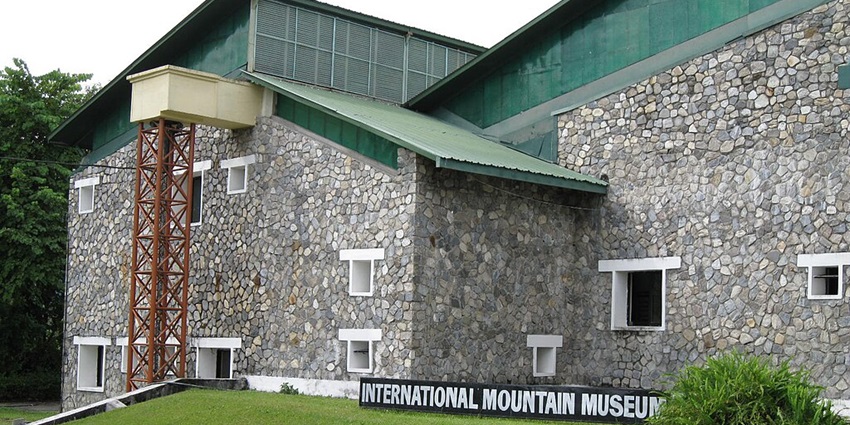
Photo: MMuzammils / Wikimedia Commons
The International Mountain Museum (IMM) is a must-visit for adventure lovers and mountaineering enthusiasts. It showcases Nepal’s rich mountaineering history, featuring exhibits on Everest expeditions, Himalayan culture, and famous climbers. Visitors can see mountaineering gear, photographs, and artefacts from some of the most daring Himalayan adventures. The museum also has an outdoor climbing wall and a model of Mt. Everest, making it an educational yet exciting attraction. It’s a great place to learn about the region’s mountaineering legacy.
Distance From Mahendra Gufa: 13 km
Entry Fee: NPR 400 (for foreigners), NPR 100 (for locals)
Best Time To Visit: Year-round, but mornings are best for fewer crowds
8. Seti River Gorge

Photo: Bhupendra Shrestha / Wikimedia Commons
The Seti River Gorge is a hidden natural wonder in Pokhara. The river flows through a deep, narrow gorge, creating a stunning sight where the water appears milky white due to its limestone content. The gorge can be observed from different viewpoints, including a small bridge near the Pokhara Engineering College. The sight of the river disappearing into underground tunnels makes it a unique experience. Adventure lovers will enjoy the dramatic landscape and the raw beauty of the Seti River.
Distance From Mahendra Gufa: 6 km
Entry Fee: Free
Best Time To Visit: June to September for the fullest river flow
9. Rupa Lake
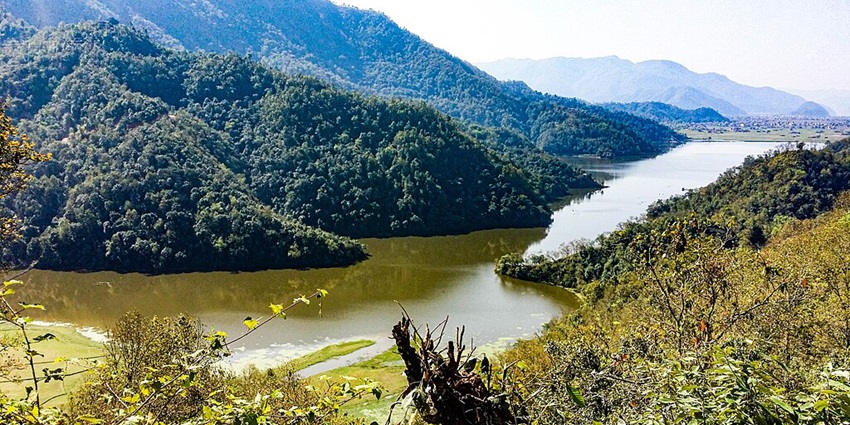
Photo: Qrystal45 / Wikimedia Commons
Rupa Lake is one of Pokhara’s lesser-known gems, offering a peaceful retreat away from the touristy crowd. It is surrounded by lush hills and provides opportunities for fishing, birdwatching, and canoeing. The tranquil setting makes it a perfect spot for meditation and relaxation. Since fewer tourists visit this lake, it retains its natural beauty. Local farmers and fishermen live around the lake, offering an authentic rural experience. This spot is ideal for those looking for quiet time in nature.
Distance From Mahendra Gufa: 20 km
Entry Fee: Free
Best Time To Visit: September to May for the best birdwatching experience
10. Bat Cave
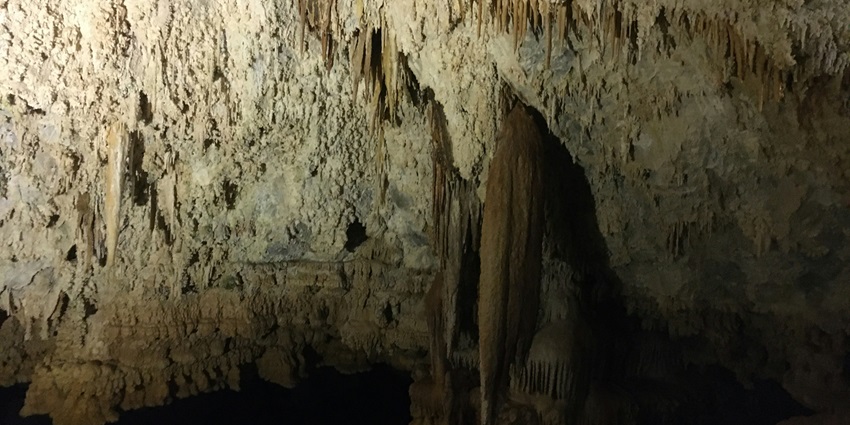
Photo: Sina Morovat / Unsplash / Image For Representation Only
Located close to Mahendra Gufa, Bat Cave also known as Chamero Gufa is another thrilling underground attraction in Pokhara. It is home to thousands of horseshoe bats that hang from the cave’s ceiling. Unlike Mahendra Gufa, this cave has an adventurous exit route, requiring visitors to squeeze through a narrow opening. The experience of navigating through the dark cave while bats flutter above is both exciting and eerie. It’s a must-visit for adventure seekers and nature lovers who enjoy raw, natural exploration.
Distance From Mahendra Gufa: 2 km
Entry Fee: NPR 50 (for locals), NPR 100 (for foreigners)
Best Time To Visit: October to May for a safe and dry exploration
Where To Stay
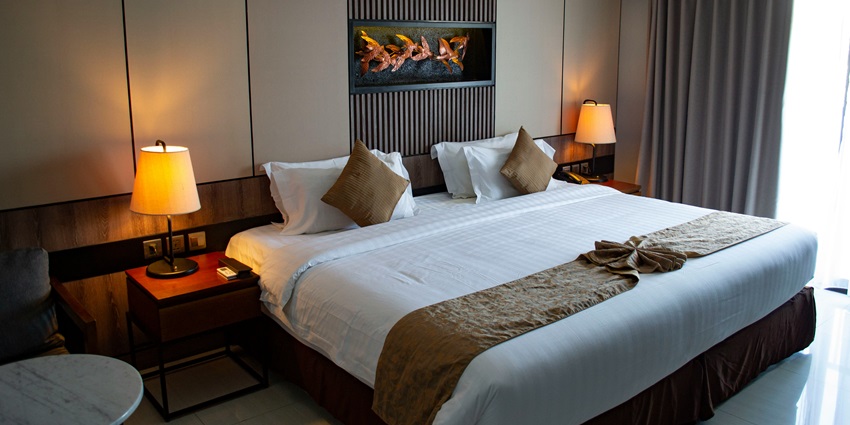
Photo: Vojtech Bruzek / Unsplash / Image For Representation Only
Visitors to Mahendra Gufa can stay in Lakeside Pokhara, which offers a range of accommodations, from budget guesthouses to luxury resorts. Popular options include Hotel Barahi, Temple Tree Resort, and Three Jewels Boutique Hotel. For budget travellers, hostels like Zostel Pokhara provide affordable stays. These accommodations offer stunning mountain views and easy access to Pokhara’s top attractions.
Where To Eat

Photo: Orijit Chatterjee / Unsplash / Image For Representation Only
For a great dining experience, visitors can explore restaurants in Lakeside Pokhara, such as Moondance Restaurant for continental dishes and Fresh Elements for organic meals. The Juicery Café is ideal for smoothies and healthy food, while Rosemary Kitchen serves delicious Nepali and international cuisine. Local food lovers can try Dal Bhat at Thakali Bhanchha for an authentic Nepali experience. Many restaurants also offer lakeside seating with scenic views.
Best Time To Visit
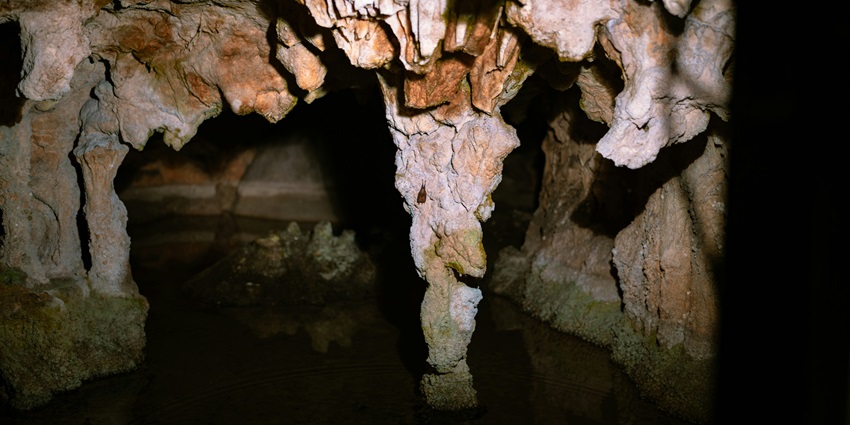
Photo: Leon Andov / Unsplash / Image For Representation Only
The best time to visit Mahendra Gufa is from October to May, when the weather is dry and pleasant, making cave exploration safe. Monsoon months (June to September) bring heavy rainfall, making the cave slippery and difficult to navigate. Visiting in the morning or early afternoon ensures good visibility and a comfortable experience inside the cave.
Other Factors To Consider

Photo: Francesca Tirico / Unsplash / Image For Representation Only
Tips For Travellers
- Carry a flashlight as the cave is dark, and extra light will help navigate safely.
- Wear sturdy shoes because the rocky and slippery paths require good grip footwear.
- Watch your head as some cave passages are low, so be cautious.
- Travelling with a guide helps in safe exploration and understanding of cave history.
- Check weather conditions and avoid visiting during heavy rainfall.
Pokhara Mahendra Gufa offers a thrilling experience for adventure seekers and nature lovers. From its stunning limestone formations to the eerie yet fascinating ambience, it’s a must-visit destination in Pokhara. Plan your hassle-free trip with TripXL, ensuring a smooth itinerary, comfortable stays, expert-guided tours, and a mesmerising experience. Book your trip now for an unforgettable cave exploration adventure in Nepal.
Cover Photo: Ksenia Kudelkina / Unsplash / Image For Representation Only


 WhatsApp
WhatsApp
 Twitter
Twitter









